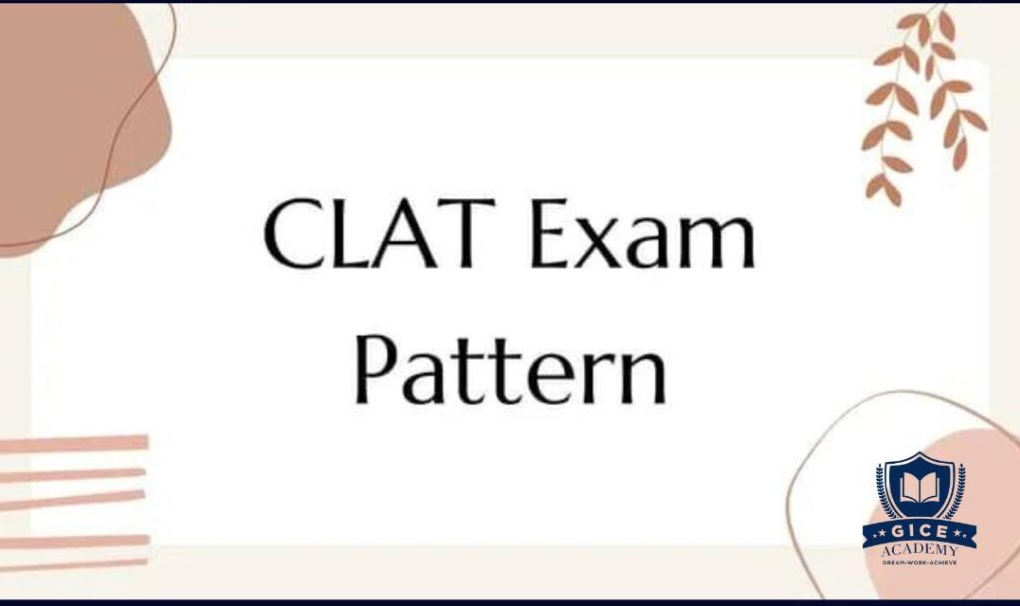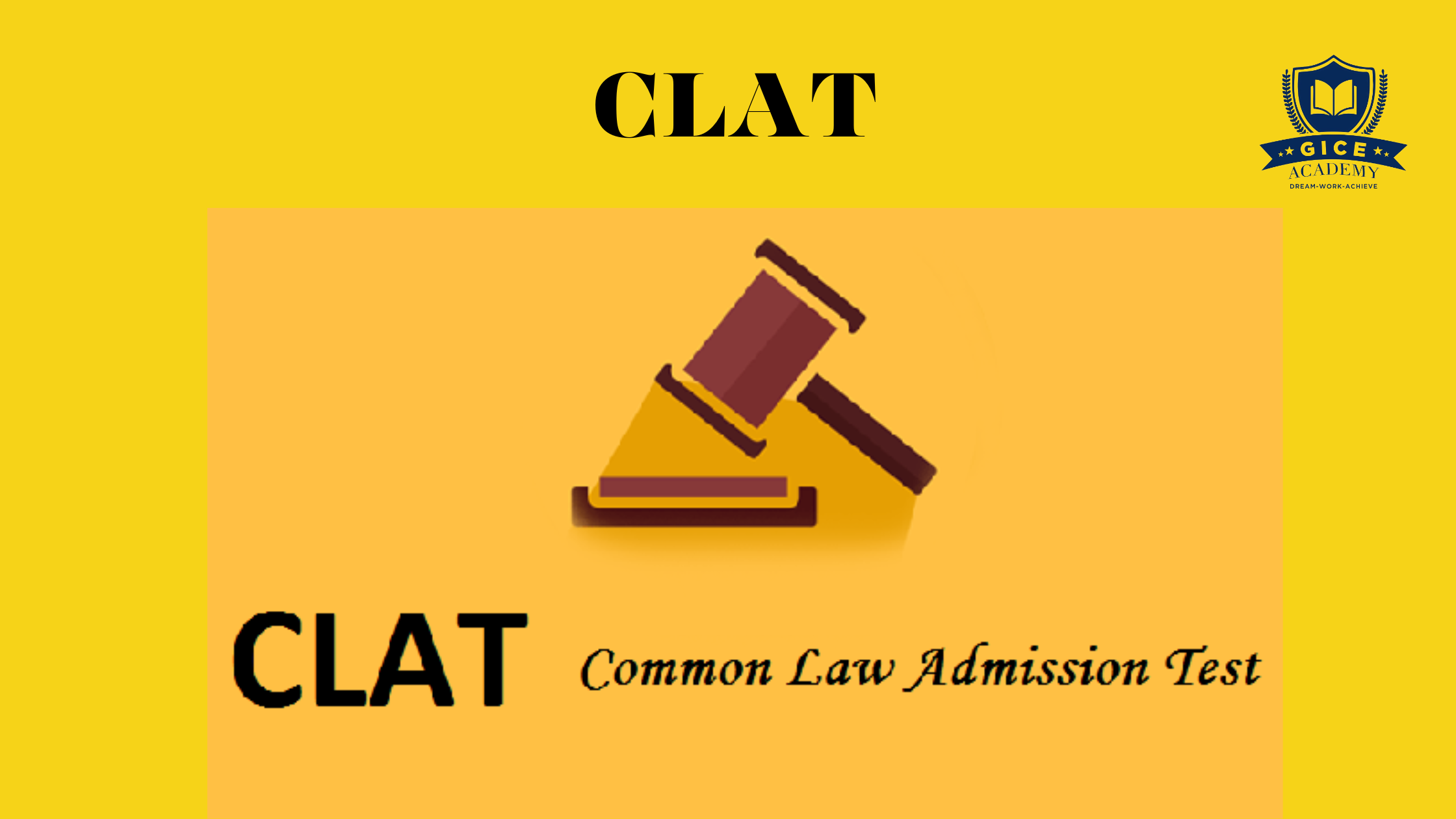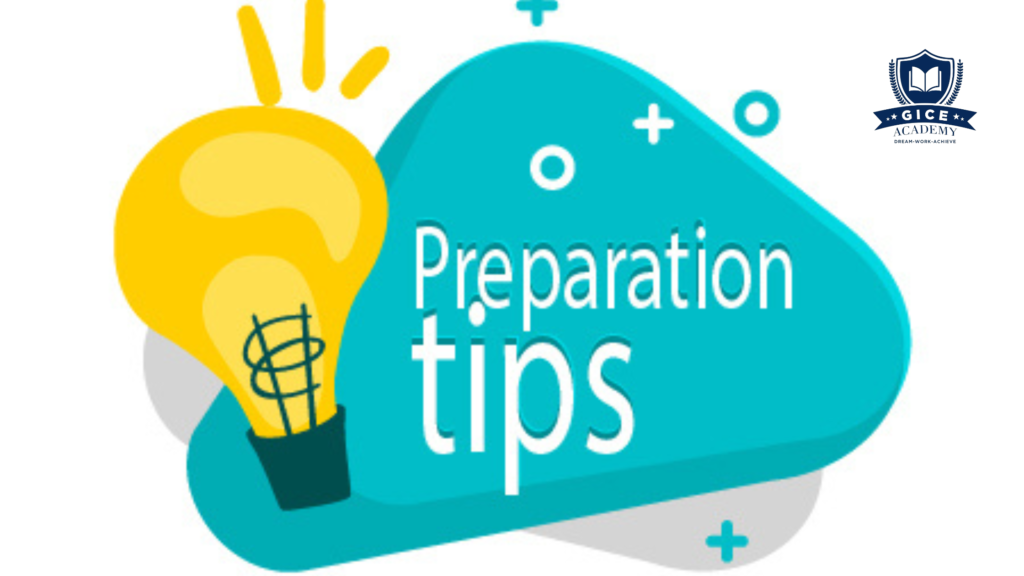Table of Contents
Understanding CLAT Exam Pattern Eligibility Criteria How to Apply Preparation Tips Career Opportunities Understanding CLAT Exam Pattern Eligibility Criteria How to Apply Preparation Tips Career Opportunities What is the full form of CLAT? Who conducts the CLAT exam? What subjects are covered in CLAT? How many times can one attempt CLAT?Is there an age limit for appearing in CLAT?
The Common Law Admission Test (CLAT) is a crucial entrance exam for aspiring law entrance students in India, providing access to prestigious national law university (NLUs). This comprehensive guide covers everything you need to know about CLAT, including its purpose, exam pattern, eligibility criteria, application process, preparation tips, and career opportunities. Whether you’re planning to take the clat result or just want to learn more about it, this guide will help you understand and navigate the process effectively.
Candidates can enhance their preparation by joining a CLAT Coaching Classroom Programme to receive study notes and a comprehensive guide for the clat counselling 2024 exam.
Understanding CLAT Form
The Common Law Admission Test (CLAT) is an entrance exam for admission to undergraduate (UG) and postgraduate clat pg (PG) law programs offered by 22 National Law Universities (NLUs) in India. Established in 2008, the exam aims to streamline the admission process to ensure a merit-based selection of candidates.
Exam Pattern
The CLAT login exam pattern includes various sections to test a candidate’s proficiency in multiple areas. For the UG program, the exam consists of five sections:
English LanguageCurrent Affairs, including General KnowledgeLegal ReasoningLogical ReasoningQuantitative TechniquesEach section contains multiple-choice question papers (MCQs) with a total of 150 questions. The marking scheme awards one mark for each correct answer, while 0.25 marks are deducted for each incorrect answer.
Eligibility Criteria
To appear for the CLAT 2024 exam, candidates must meet certain eligibility criteria:
Educational Qualifications:
For UG courses: Candidates must have passed 10+2 or an equivalent examination with a minimum of 45% marks (40% for SC/ST candidates).
For PG courses: Candidates must have an LLB degree or an equivalent examination with a minimum of 50% marks (45% for SC/ST candidates).
Age Limits
There is no upper age limit for UG or PG courses as per the latest guidelines.
Other Requirements
Candidates appearing in the qualifying examination in March/April of the year of the CLAT exam are also eligible to apply.
How to Apply
Applying for CLAT involves several steps
Registration: Visit the official CLAT official website and register with a valid email ID and phone number.
Filling the Application Form: Complete the application form with personal, academic, and communication details.
Uploading Documents: Upload scanned copies of required documents, including a photograph and signature.
Payment of Fees: Pay the application fee online via debit card, credit card, or net banking.
Submission: Review the application and submit it before the deadline.
Important Dates: Keep track of the official notifications for application start date, clat 2024 registration last date for submission, and exam dates.
Preparation Tips
Effective preparation is key to success in CLAT. Here are some tips:
Study Materials and Resources: Use recommended books and online resources specific to each section of the exam.
Time Management: Create a study schedule that allocates ample time for each subject and stick to it.
Practice and Mock Tests: Regularly take mock tests and solve previous years’ papers to get a feel of the exam pattern and improve speed and accuracy.
Career Opportunities
Clearing CLAT opens doors to various career opportunities:
Law Schools and Colleges: Admission to 22 National Law Universities (NLUs) and other prestigious law colleges.
Career Prospects: Opportunities to work as lawyers, judges, legal advisors, and in corporate law, civil services, academia, and more.
Understanding CLAT
The Common Law Admission Test (CLAT) is an entrance exam for admission to undergraduate (UG) and postgraduate (PG) law programs offered by 22 National Law Universities (NLUs) in India. Established in 2008, the exam aims to streamline the admission process to ensure a merit-based selection of candidates.
CLAT is known for its rigorous and competitive nature, attracting thousands of applicants each year. It assesses candidates’ abilities in areas crucial for legal studies, such as comprehension, reasoning, and knowledge of current affairs. By scoring well in CLAT, candidates can gain admission to some of the top law schools in India, paving the way for a successful career in the legal field.
Exam Pattern

The CLAT exam pattern includes various sections to test a candidate’s proficiency in multiple areas. For the UG program, the exam consists of five sections:
English Language: This section tests vocabulary, grammar, and comprehension skills.
Current Affairs, including General Knowledge: Questions cover recent events and general knowledge.
Legal Reasoning: This section evaluates understanding of legal principles and their application.
Logical Reasoning: Tests ability to identify patterns, logical links, and arguments.
Quantitative Techniques: Basic arithmetic, algebra, and data interpretation skills are assessed.
Each section contains multiple-choice questions (MCQs) with a total of 150 questions. The marking scheme awards one mark for each correct answer, while 0.25 marks are deducted for each incorrect answer. The total duration of the exam is two hours.
For the PG program, the exam includes sections like Constitutional Law, Jurisprudence, and other law subjects. The format consists of both objective and subjective questions.
Eligibility Criteria
To appear for the CLAT exam, candidates must meet certain clat eligibility criteria:
Educational Qualifications
For UG courses: Candidates must have passed 10+2 or an equivalent examination with a minimum of 45% marks (40% for SC/ST candidates).
For PG courses: Candidates must have an LLB degree or an equivalent examination with a minimum of 50% marks (45% for SC/ST candidates).
Age Limits
There is no upper age limit for UG or PG courses as per the latest guidelines.
Other Requirements:
Candidates appearing in the qualifying examination in March/April of the year of the clat mock exam are also eligible to apply, provided they submit proof of passing the examination at the time of admission.
These criteria ensure that candidates have the necessary academic background and readiness to pursue rigorous legal studies.
How to Apply
Applying for CLAT involves several steps:
Registration: Visit the official CLAT website and register with a valid email ID and phone number.
Filling the application Form: Complete the application form with personal, academic, and communication details.
Uploading Documents: Upload scanned copies of required documents, including a photograph and signature.
Payment of Fees: Pay the application fee online via debit card, credit card, or net banking.
Submission: Review the application and submit it before the deadline.
The application fee is generally around INR 4,000 for General/OBC/PWD/NRI/PIO/OCI candidates and INR 3,500 for SC/ST/BPL candidates. Keep track of the official notifications for application start date, last date for submission, and exam date.
Preparation Tips
Effective preparation is key to success in CLAT. Here are some tips
Study Materials and Resources: Use recommended books and online resources specific to each section of the exam.
Recommended Books: “Word Power Made Easy” by Norman Lewis, “Legal Awareness and Legal Reasoning” by A.P. Bhardwaj, and previous years’ CLAT papers.
Online Resources: Websites like CLATapult, Lawctopus, and online mock test platforms.
Time Management: Create a study schedule that allocates ample time for each subject and stick to it. Divide your study hours effectively to cover all topics and revise regularly.
Practice and Mock Tests: Regularly take mock tests and solve previous years’ papers to get a feel of the exam pattern and improve speed and accuracy. Mock tests help in identifying weak areas and building confidence.
Stay Updated: Keep yourself updated with current affairs by reading newspapers, watching news channels, and following reliable news websites.
Join Coaching Classes: If possible, join a reputed coaching class for guided preparation and expert tips.
These strategies can help candidates prepare thoroughly and approach the exam with confidence
Enroll in a CLAT exam course to gain rigorous practice and learn valuable tricks and shortcuts. GICE Academy offers a Course designed to boost your concepts and speed.
Career Opportunities
Clearing CLAT opens doors to various career opportunities:
Law Schools and Colleges: Admission to 22 National Law Universities (NLUs) and other prestigious law colleges. These institutions provide high-quality education and exposure to the legal field.
Career Prospects: Opportunities to work as lawyers, judges, legal advisors, and in corporate law, civil services, academia, and more. Graduates from NLUs are highly sought after by top law firms and corporate houses.
Specializations: After completing their law degree, students can specialize in areas such as corporate law, criminal law, intellectual property law, and environmental law, among others.
A career in law offers diverse and rewarding opportunities, from practicing in courts to working in multinational corporations.
FAQ
What is the full form of CLAT?
Common Law Admission Test.
Who conducts the CLAT exam?
The CLAT exam is conducted by the Consortium of National Law Universities.
What subjects are covered in CLAT?
English Language, Current Affairs including General Knowledge, Legal Reasoning, Logical Reasoning, and Quantitative Techniques.
How many times can one attempt CLAT?
There is no limit on the number of attempts for CLAT.
Is there an age limit for appearing in CLAT?
There is no upper age limit for appearing in CLAT.






